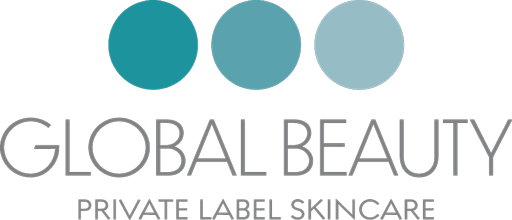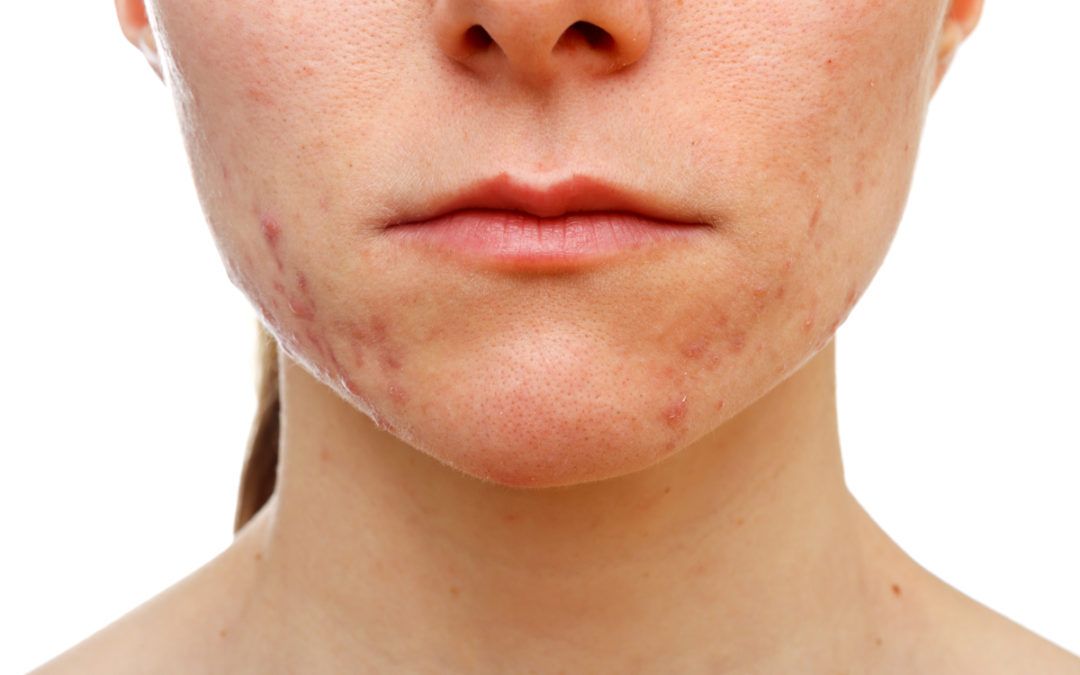While acne is nothing new, the need for facial protection and the continuous use of facial masks is here for the foreseeable future. One of the unfortunate side effects of wearing masks for prolonged periods of time is unexpected resulting acne breakouts and skin inflammation that occur. The friction, heat, and occlusion of the masks serve as a perfect environment for acne to develop and persist.
Acne is a disease of the skin that varies among people in terms of how it presents itself, degree of severity, when it occurs, and causes. More than 90 percent of the world population is affected by acne at some point in their life.
According to the American Academy of Dermatology acne is the most common skin condition in the United States, affecting up to 50 million Americans annually. Acne vulgaris affects 80% of Americans at some time during their lives. Twenty percent have severe acne, which can result in permanent scarring.
30 Years of Dealing With Acne
Working with acne-prone patients/clients for over 30 years, and dealing with it myself since my teenage years, I am aware of the complexities and challenges. In 1990 I opened an Acne Skincare Clinic, focusing solely on acne and related issues. During intakes, we found that at least 30% had never had acne as a teenager and were experiencing it due to some other, non-hormonal, or genetic issue. It became clear, with a more in-depth inquiry that our client’s acne was due to situational events or lifestyle changes that induced breakouts and inflammation in individuals who would otherwise never breakout.
As PPE masks continue to be worn daily, so will acne increase in acne-prone and non-acne-prone individuals. Whether one calls it “blackheads/whiteheads”, “cysts”, “breakouts” or “red bumps”, many are starting to see the signs of acne breakouts around the mouth area for the first time ever.
What is interesting about situational or acne mechanica is that it often does not show up for 30-60 days from the time the irritant (in this case the mask) is first used so it is sometimes not attributed to the actual cause.
In our clinic, we often found that clients reported that the so-called stressor (in this case the mask) did not appear to be a problem for the first few weeks. However, after a few weeks, they start to notice very mild breakouts and redness. This can occur on the hairline, bra strapline on the back, other body parts, forehead, jawline, or anywhere there has been ongoing pressure and friction. As time goes on those small breakouts may become inflamed either due to additional picking, rubbing, itching, or touching the face, and thus ensues a cycle of new breakouts with a potential for scarring.
Referred to by dermatologists as acne mechanica, this condition is defined as being any acneiform eruption in areas of friction, pressure, stretching, rubbing, pinching, or occlusion of the skin in any individual, regardless of pre-existing acne. It presents as inflammatory papules and pustules that can progress to nodules and cysts. Acne mechanica is commonly triggered when the skin is pressed or rubbed against heavy clothing or bulky protective gear as well.
Perioral dermatitis, not to be confused with acne, can also be a side effect of wearing masks for prolonged periods of time. Perioral dermatitis looks like many small pimples, but it develops only around the mouth. Sometimes, the breakout develops only around the eyes (periorbital dermatitis) or nose (perinasal dermatitis) instead of the mouth. The skin may burn or itch. Perioral dermatitis is thought to be caused by toothpaste that sit on the skin, prolonged use of cortisone cream, or an allergic reaction.
Reducing Maskne
PPE protective facial gear is here to stay but you can do certain things to help clear up the skin and minimize the side effects of continuous friction and pressure of face masks. If you are experiencing breakouts, redness, and/or inflammation around the mouth here are some tips that can help:
- Wash any non-disposable mask daily with a gentle fragrance-free laundry detergent.
- Wash face twice daily with a gentle, mild cleanser. Not soap.
- Apply ice and massage gently around the face if inflammation is present about twice daily for approximately 60 seconds.
- Use fragrance-free laundry detergent on pillowcases.
- If acne is getting inflamed incorporate a Benzoyl Peroxide gel (2.5% – 5%) on affected areas at night. It will make the skin a little dry but will help reduce breakouts. If too drying, mix with your moisturizer or limit use to every other night.
- Incorporate a hyaluronic acid serum twice daily to restore water hydration to the skin, prior to applying moisturizer.
- Using an LED light applicator twice daily (optional). May be purchased on Amazon. These range in price.
- Use an alpha hydroxy acid exfoliation product a few times per week if there is no strong irritation present and if the skin is oily.
- Occasional use of a cortisone cream can also help if the skin is itchy.
- Alternate your PPE masks regularly to help avoid the pressure being in the same area.
- Consider a face shield as an alternative for those times you are able.
* Acne Mechanica. Mills OH Jr, Kligman A.Arch Dermatol. 1975 Apr;111(4):481-3.PMID: 123732

